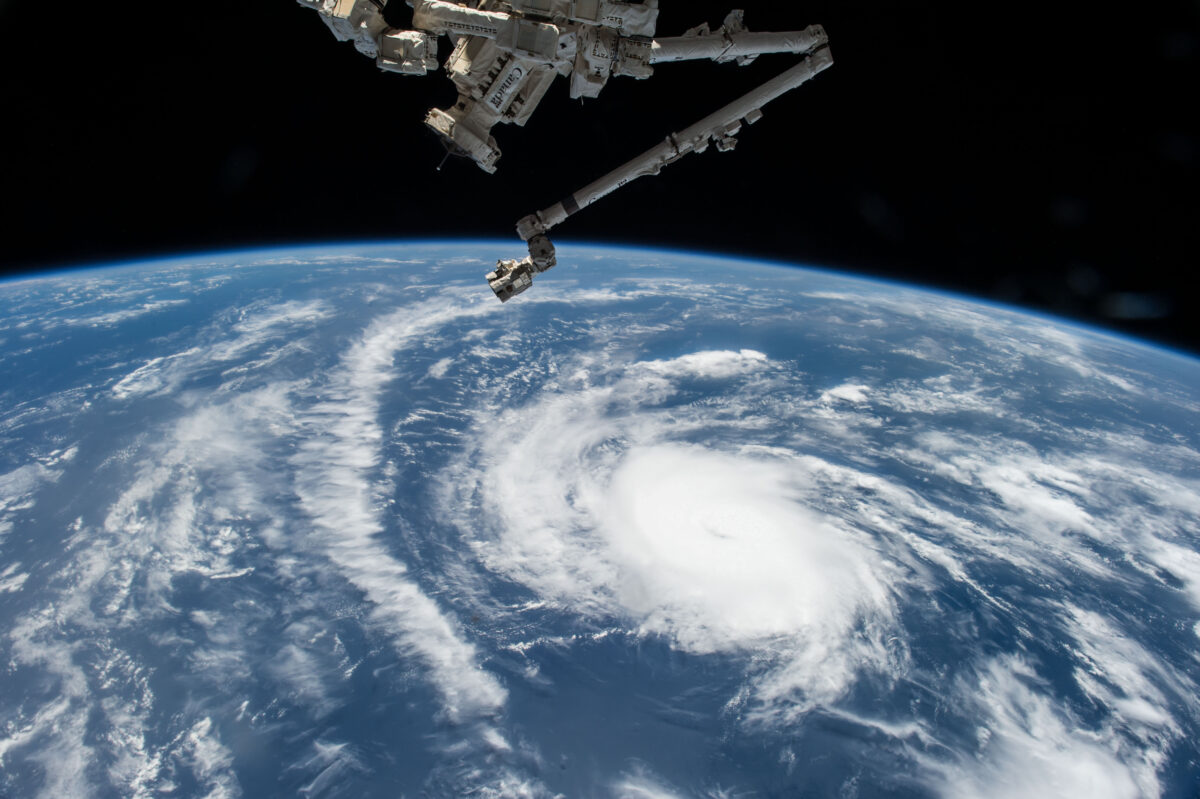
A team of scientists from the University of Milan have determined that running inside a large cylinder may be the best way to help those exploring the moon stay fit and fight muscular atrophy during an expedition.
As humans prepare to head back to the moon some time in 2025 on a NASA-led expedition, a team of pathophysiologists has made a breakthrough in research to help astronauts combat some of the effects of spending long periods of time in low-gravity environments. The study, published Wednesday in the journal Royal Society Open Science, utilized a “wall of death” (a giant wooden cylinder used by motorcycle stunt performers) borrowed from an amusement park. Test subjects, attached to bungee cords to mimic low gravity, were asked to run as fast as they could to stay upright.
‘Daredevil’ running could help astronauts maintain muscles in low #gravity.
Inspired by carnival motorbike attractions, the technique could simulate #Earth-like gravity on the #Moon. pic.twitter.com/nFhxjH9eCM— Knowledge Seeker (@ketarbmann1) May 1, 2024
“Here, we propose a novel solution: lunar inhabitants could engage in running on the inside of vertical circular walls, hence running parallel to the Moon’s surface,” the study reads. “Such an activity on Earth is reserved for motorized vehicles during stunt exhibitions [called ‘Wall of Death’] but could be done by humans on the Moon and would generate enough centrifugal acceleration to emulate a higher level of gravity.”
Exercise on the moon has long concerned researchers, with astronauts historically being unable to walk or even stand upright on their own upon their return. Up until now, there has not been a favoured method for retaining fitness and prevent weakness after spending time in weak-gravity environments (the moon has approximately one-sixth as much gravity as Earth). In addition to muscular atrophy, long-term exposure to low gravity causes bone demineralization as well as cardio de-conditioning, leaving humans with a range of potential health concerns.
According to the study, “A training regime of a few laps a day promises to be a viable countermeasure for astronauts to quickly combat whole-body de-conditioning, for further missions and home return.”
While we don’t see this one becoming mainstream any time soon, the idea that running can play a part in moon exploration will surely excite space-loving runners.
https://news.google.com/rss/articles/CBMid2h0dHBzOi8vcnVubmluZ21hZ2F6aW5lLmNhL3RoZS1zY2VuZS9ob3ctaG9yaXpvbnRhbC1ydW5uaW5nLWNvdWxkLWhlbHAtYXN0cm9uYXV0cy1jb21iYXQtbXVzY2xlLWxvc3Mtd2hpbGUtb24tdGhlLW1vb24v0gEA?oc=5
2024-05-01 20:13:18Z
CBMid2h0dHBzOi8vcnVubmluZ21hZ2F6aW5lLmNhL3RoZS1zY2VuZS9ob3ctaG9yaXpvbnRhbC1ydW5uaW5nLWNvdWxkLWhlbHAtYXN0cm9uYXV0cy1jb21iYXQtbXVzY2xlLWxvc3Mtd2hpbGUtb24tdGhlLW1vb24v0gEA
Tidak ada komentar:
Posting Komentar